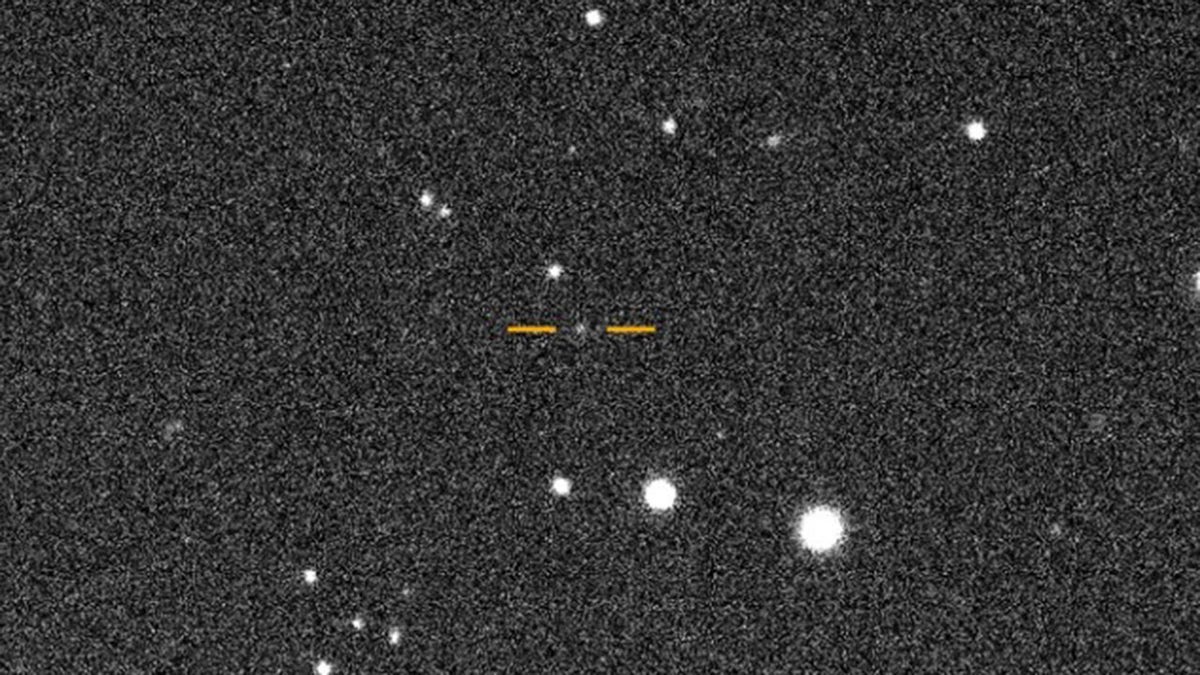NEWNow you may take heed to Fox Information articles!
Astronomers have found a skyscraper-sized asteroid transferring by means of our photo voltaic system at a near-record tempo.
The asteroid, named 2025 SC79, circles the Solar as soon as each 128 days, making it the second-fastest recognized asteroid in orbit within the photo voltaic system.
It was first noticed by Carnegie Science astronomer Scott S. Sheppard on September 27, in keeping with a Carnegie Science assertion.
UFO MANIA SEIZES A SMALL TOWN AFTER MYSTERIOUS APPEARANCE OF SHINY OBJECTS GOES VIRAL

A skyscraper-sized asteroid referred to as 2025 SC79 was found in September, hiding within the glare of the solar. (Carnegie Science)
The asteroid is the second recognized object with an orbit inside Venus, the assertion mentioned. It crosses Mercury’s orbit throughout its 128-day journey across the Solar.
“Most of the photo voltaic system’s asteroids inhabit one of many two area rock belts, however perturbations can ship objects into nearer orbits, the place they could be more durable to detect,” Sheppard mentioned. “Understanding how they received to those locations may also help us shield our planet and likewise be taught extra in regards to the historical past of the photo voltaic system.”
The celestial physique is now touring behind the Solar and will likely be invisible to telescopes for a number of months.
HARVARD PHYSICIST SAYS MYSTERIOUS INTERSTELLAR OBJECT COULD BE NUCLEAR-POWERED SPACESHIP
Sheppard’s seek for so-called “twilight” asteroids helps determine objects that would pose a threat of collision with Earth, the assertion mentioned.
The work, which is partially funded by NASA, makes use of the Darkish Power Digital camera on the Nationwide Science Basis’s Blanco 4-meter telescope to seek for “planet-killer” asteroids within the Solar’s glare that would pose a hazard to Earth.
NSF’s Gemini telescope and Carnegie Science’s Magellan telescopes have been used to verify the sighting of 2025 SC79, Carnegie Science mentioned.
The quickest recognized asteroid was additionally found by Sheppard, who research objects within the photo voltaic system, together with moons, dwarf planets and asteroids. and their colleagues in 2021.
CLICK HERE TO GET THE FOX NEWS APP
That one takes 133 days to orbit the solar.

Leave a Reply